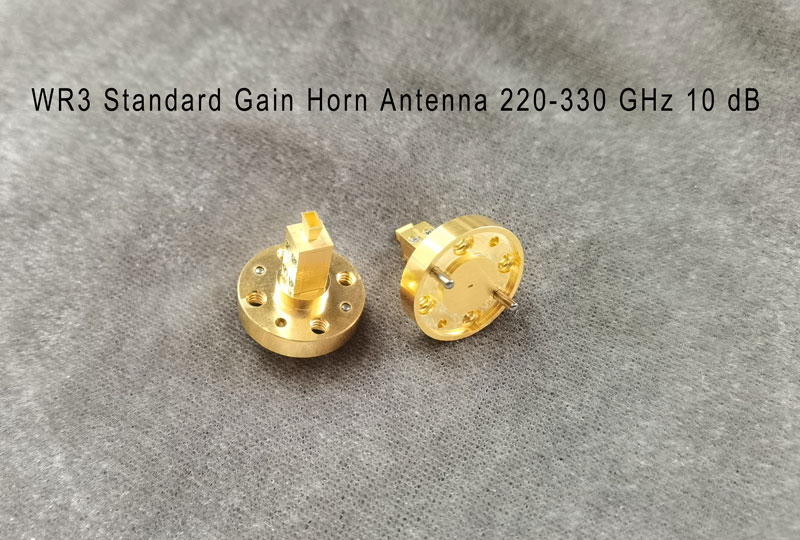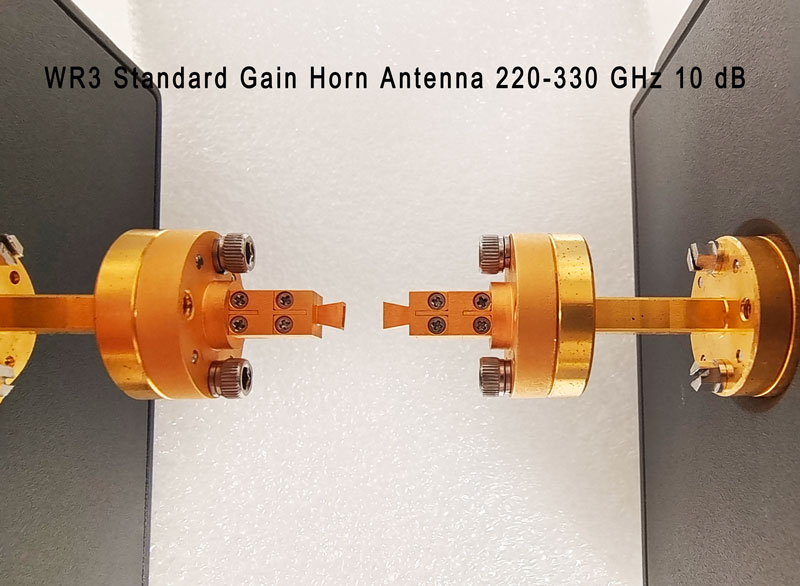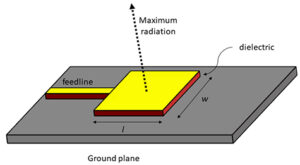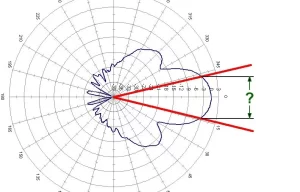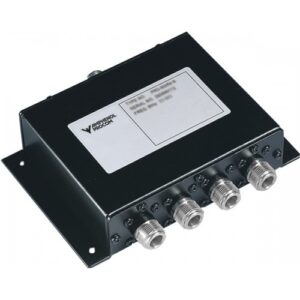High-precision subtractive processing Machining using high-precision subtractive methods has been a classic method for manufacturing waveguide devices. Starting from a block of electrical conductor (usually aluminum or brass, although other metals with good conductivity can be used), the inner portion of the waveguide is carved out (usually with a drill, although, as will be discussed, other options are possible). These techniques often provide smooth surfaces on the inner walls of the waveguide, thereby reducing power losses. Furthermore, since the waveguide device is made from a metal block, it will exhibit excellent mechanical robustness.
The processing accuracy can reach 0.003 mm
Capacity of “0.1μ feed and 1μ cutting”
Processing of tiny features. Minimum tool diameter 0.1-0.15 mm
Mirror processing effect, the degree of plane finish reach to 0.01 μm
